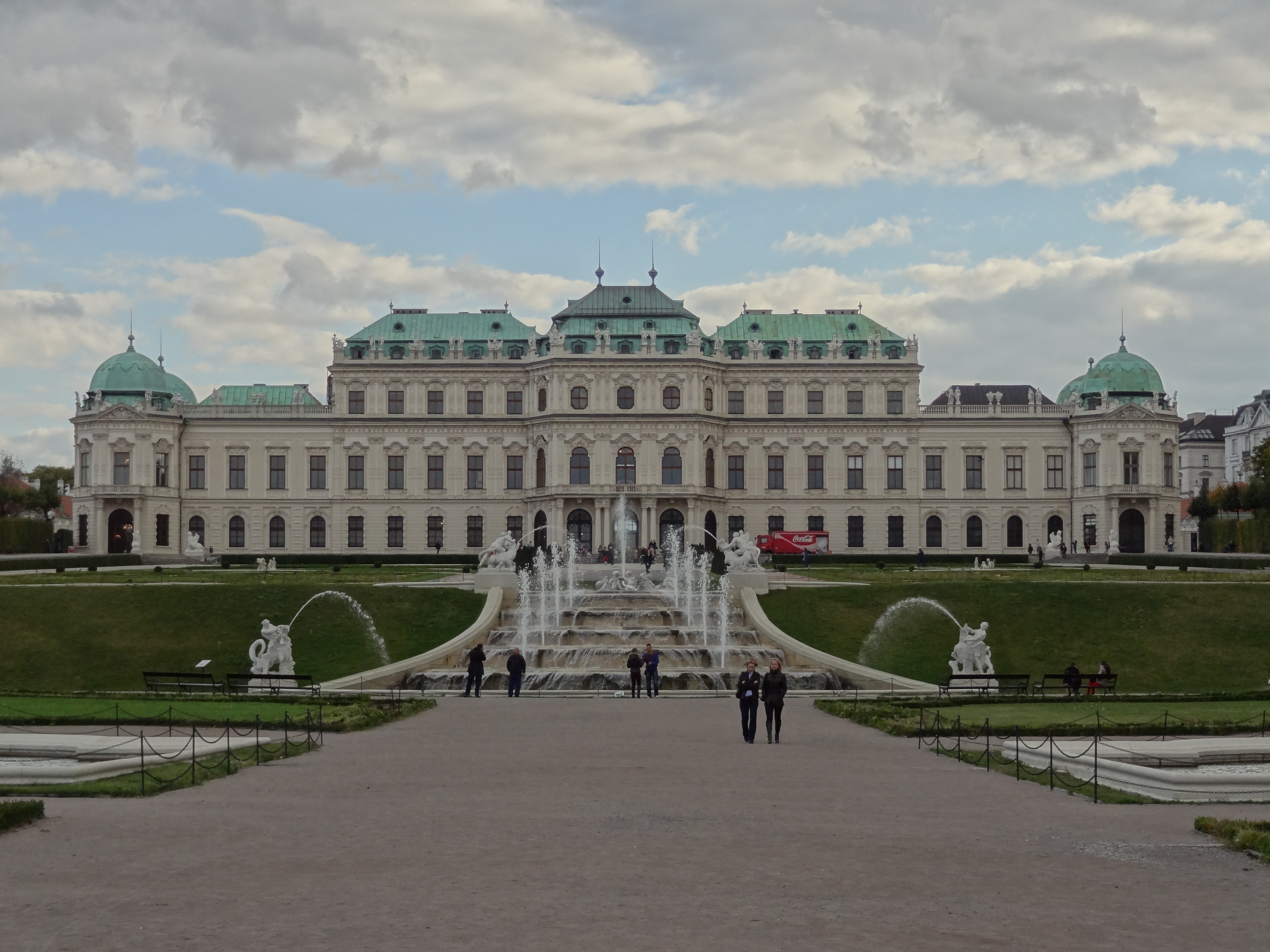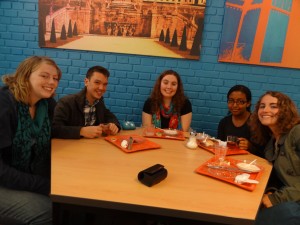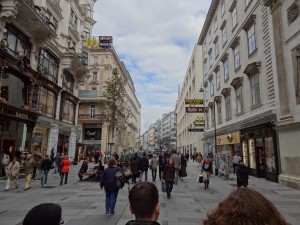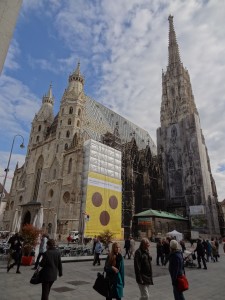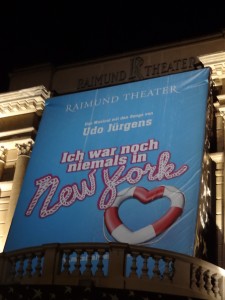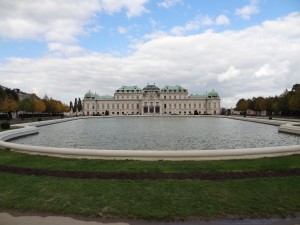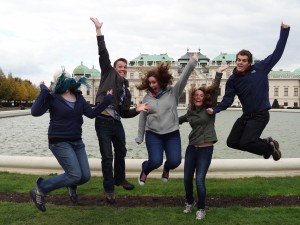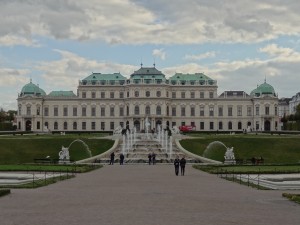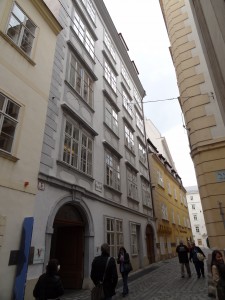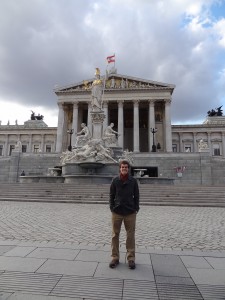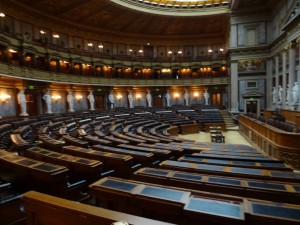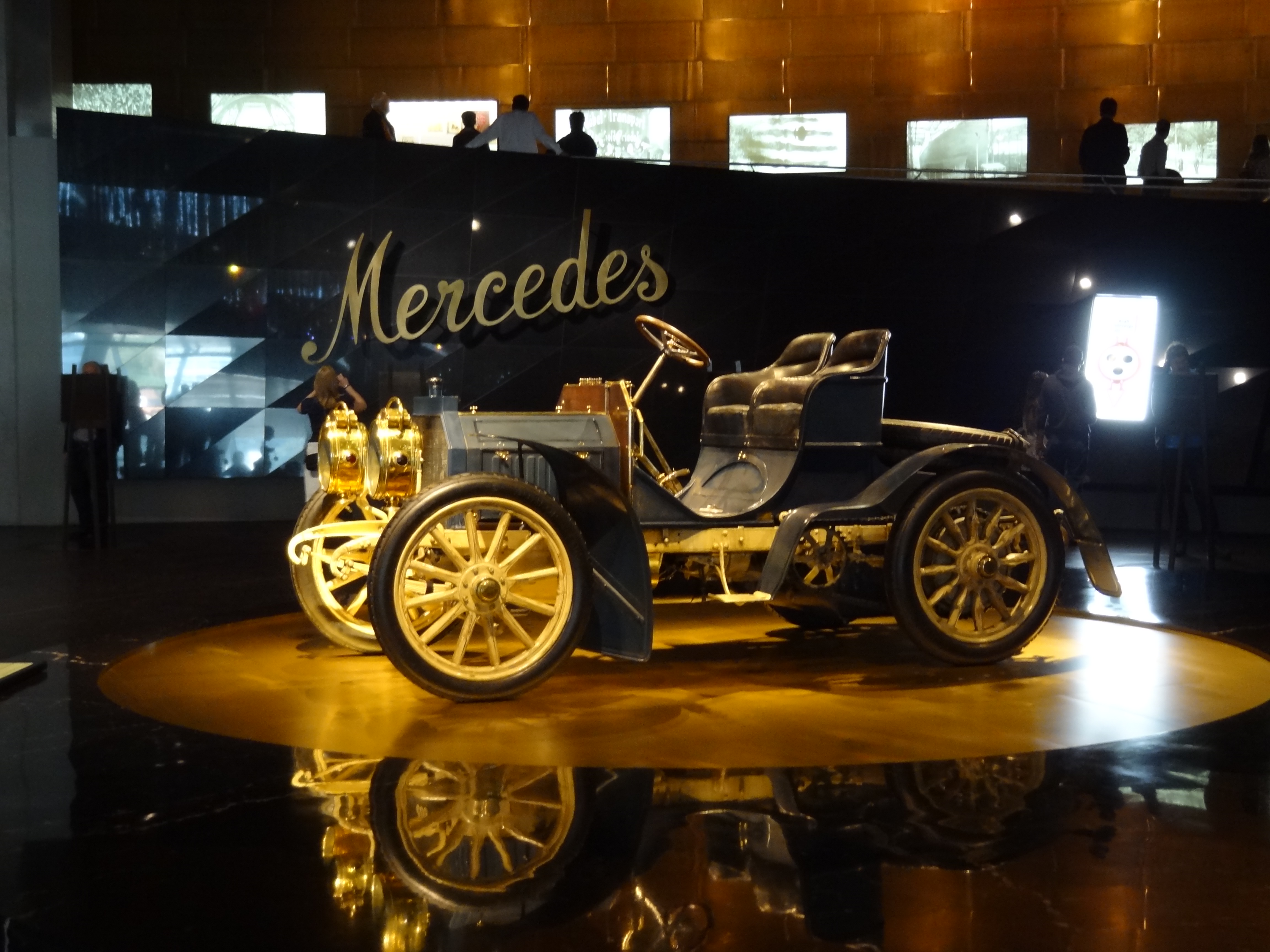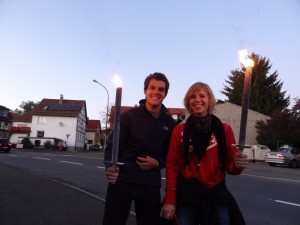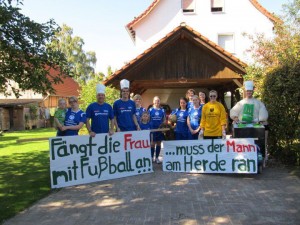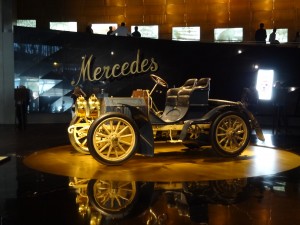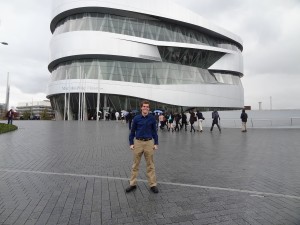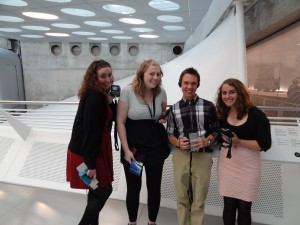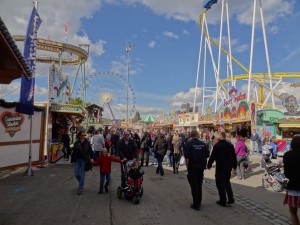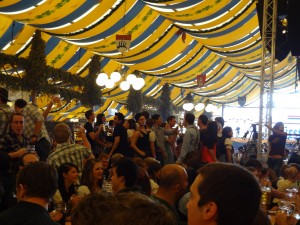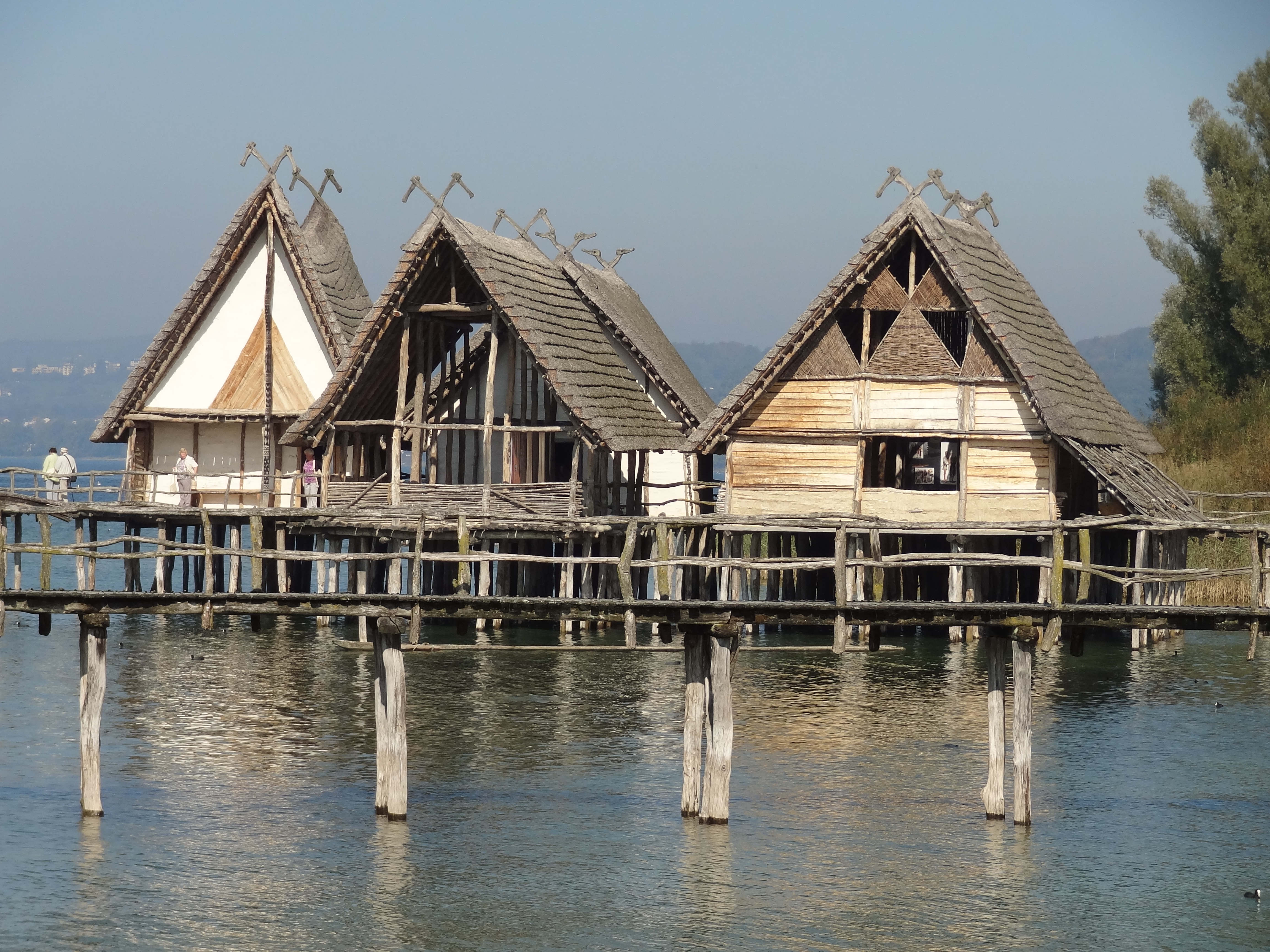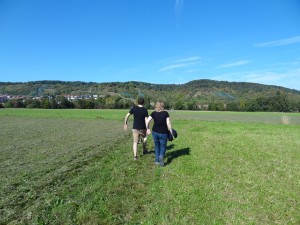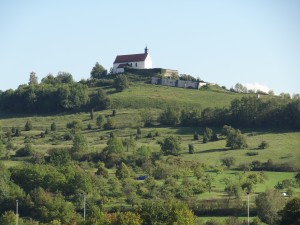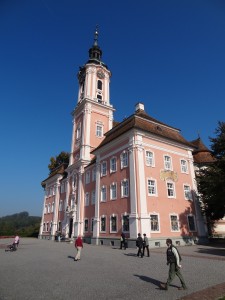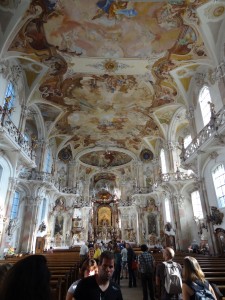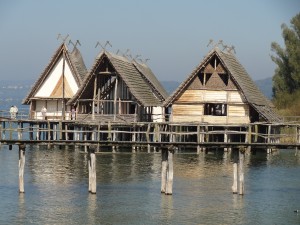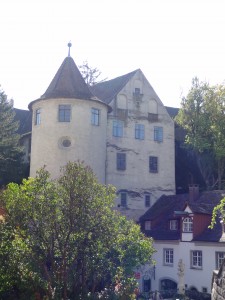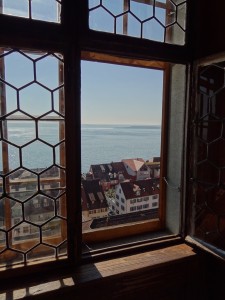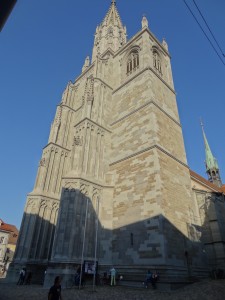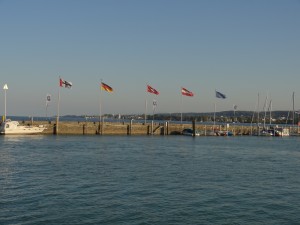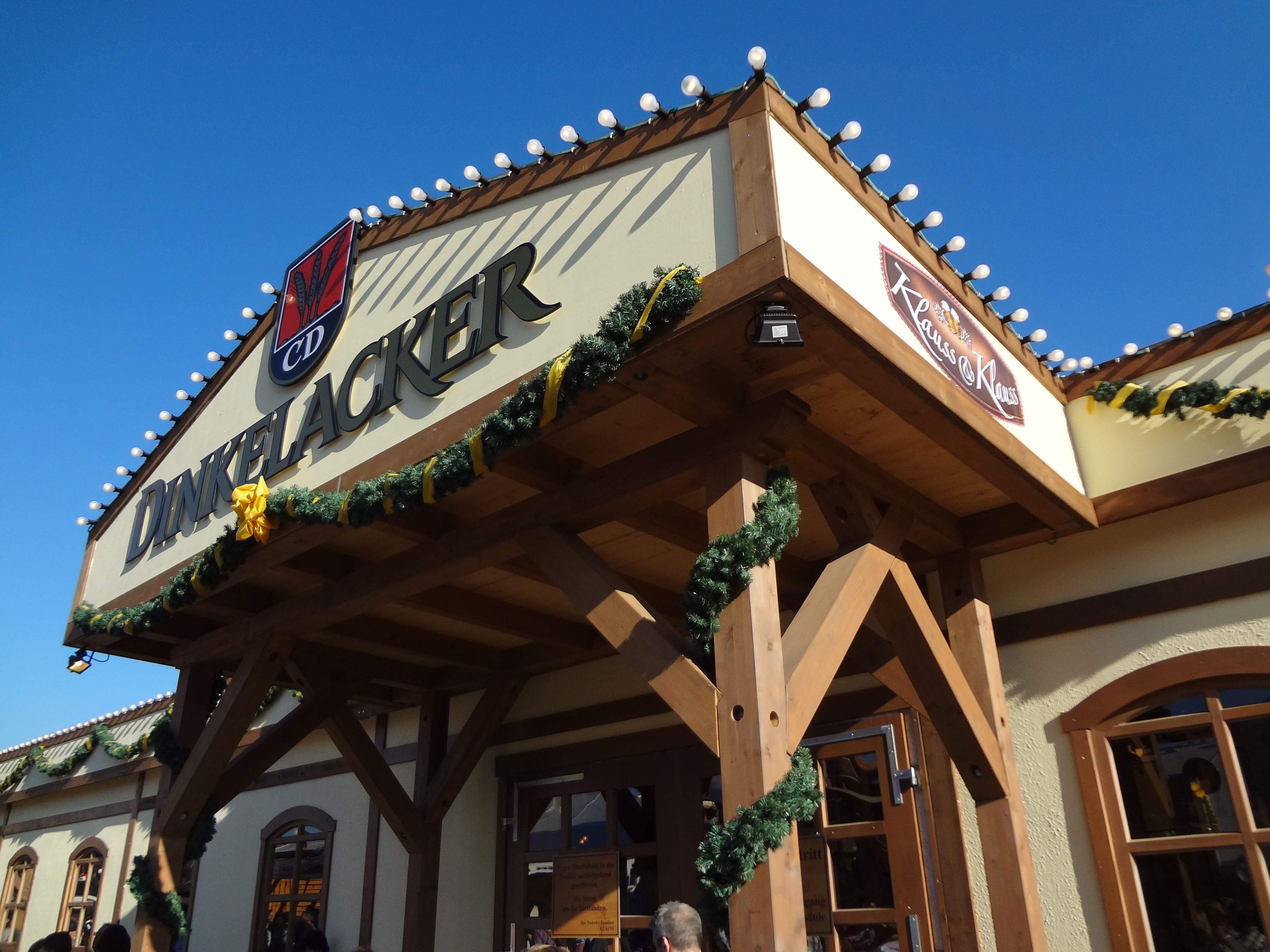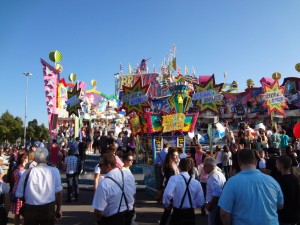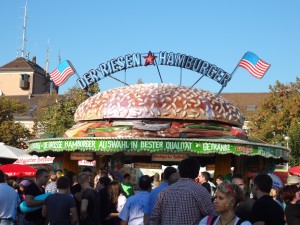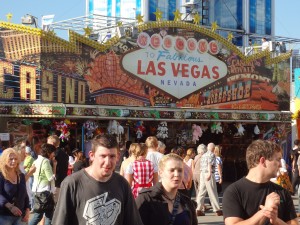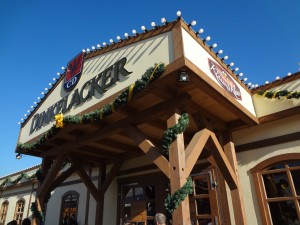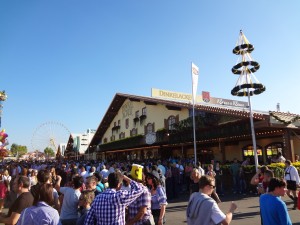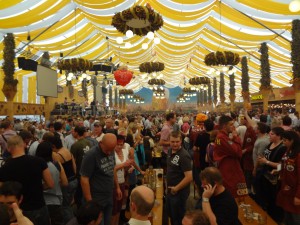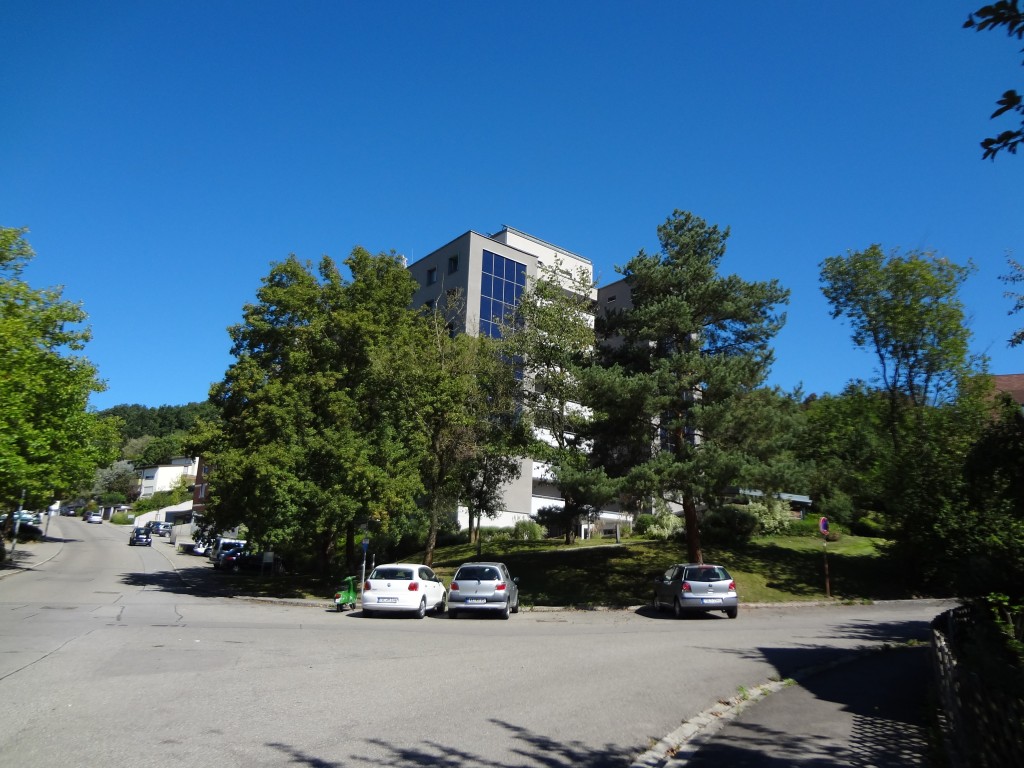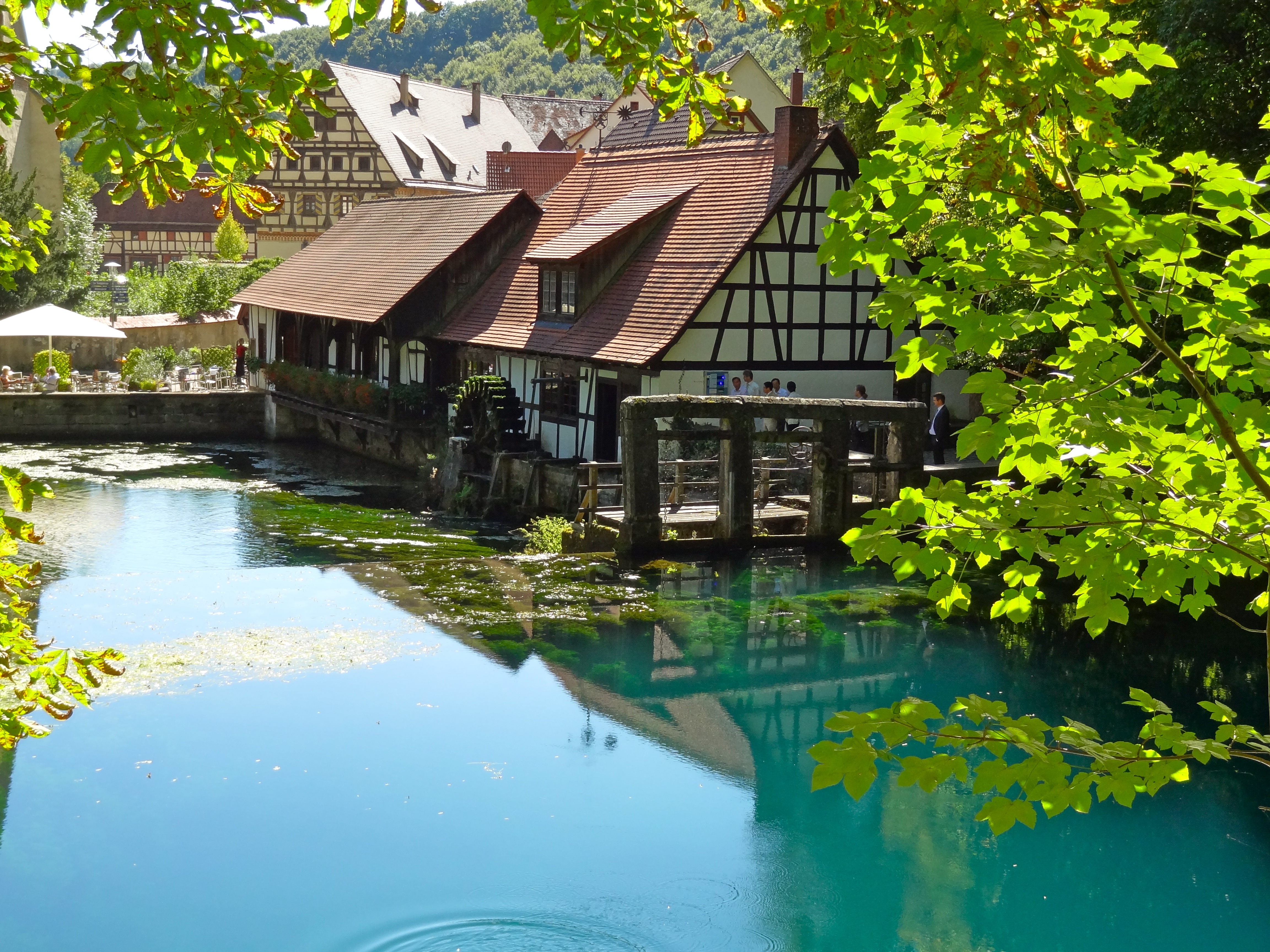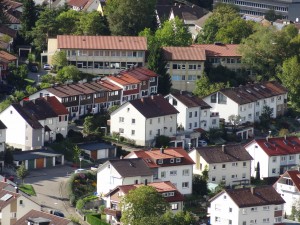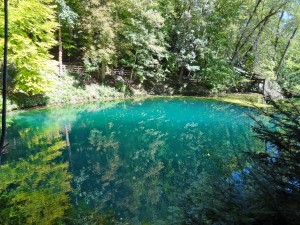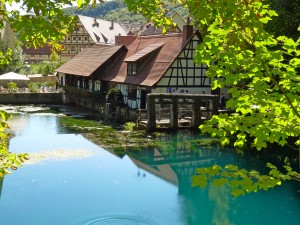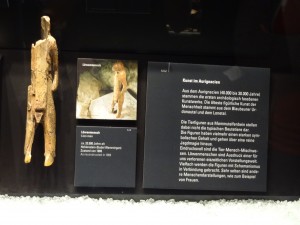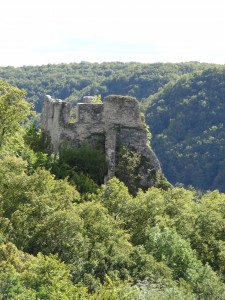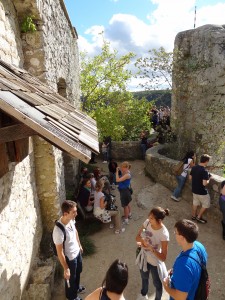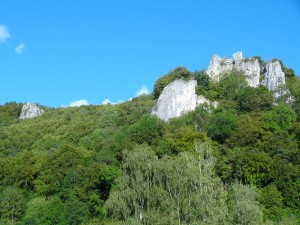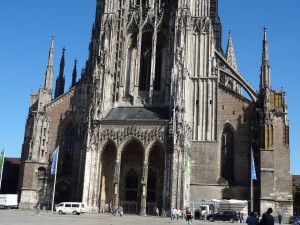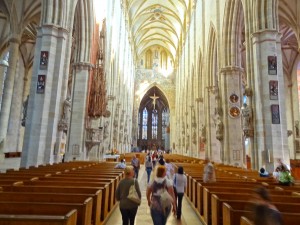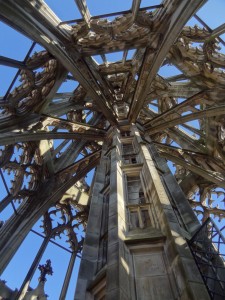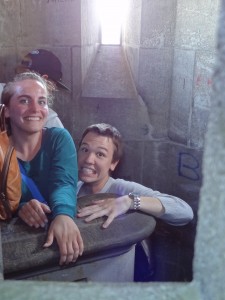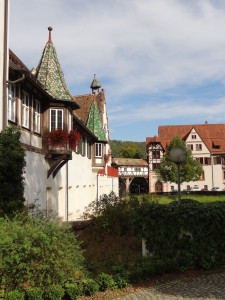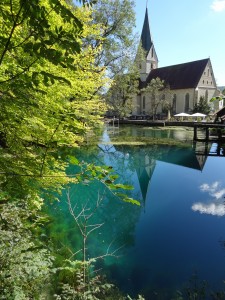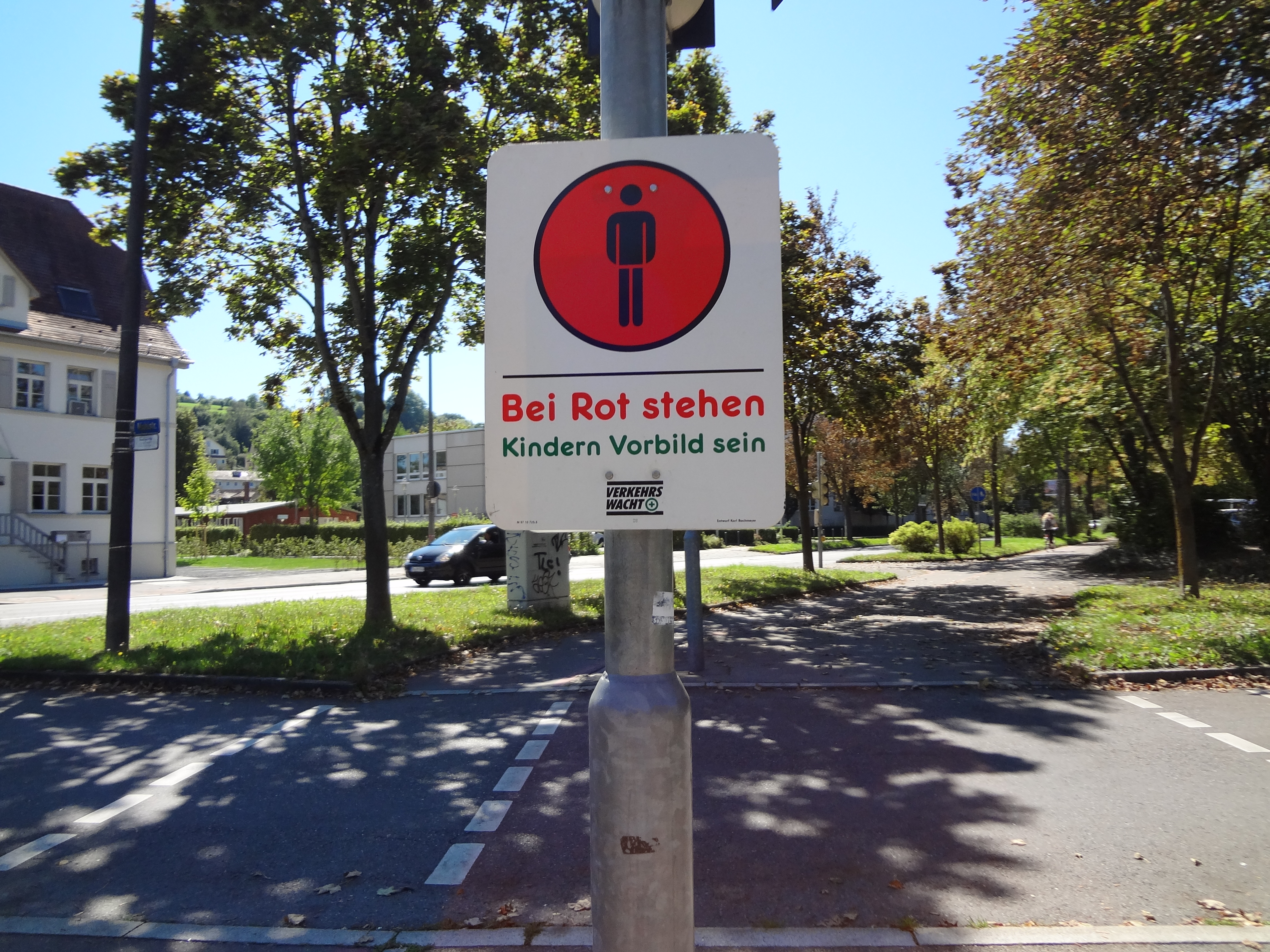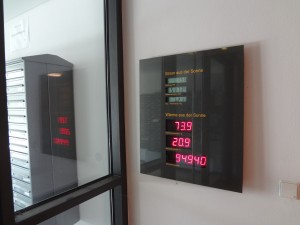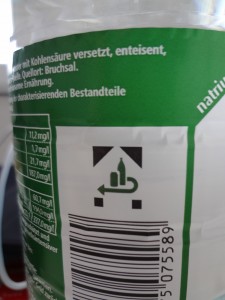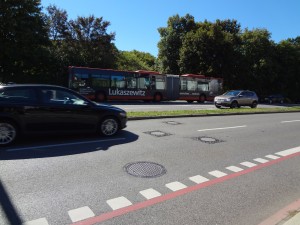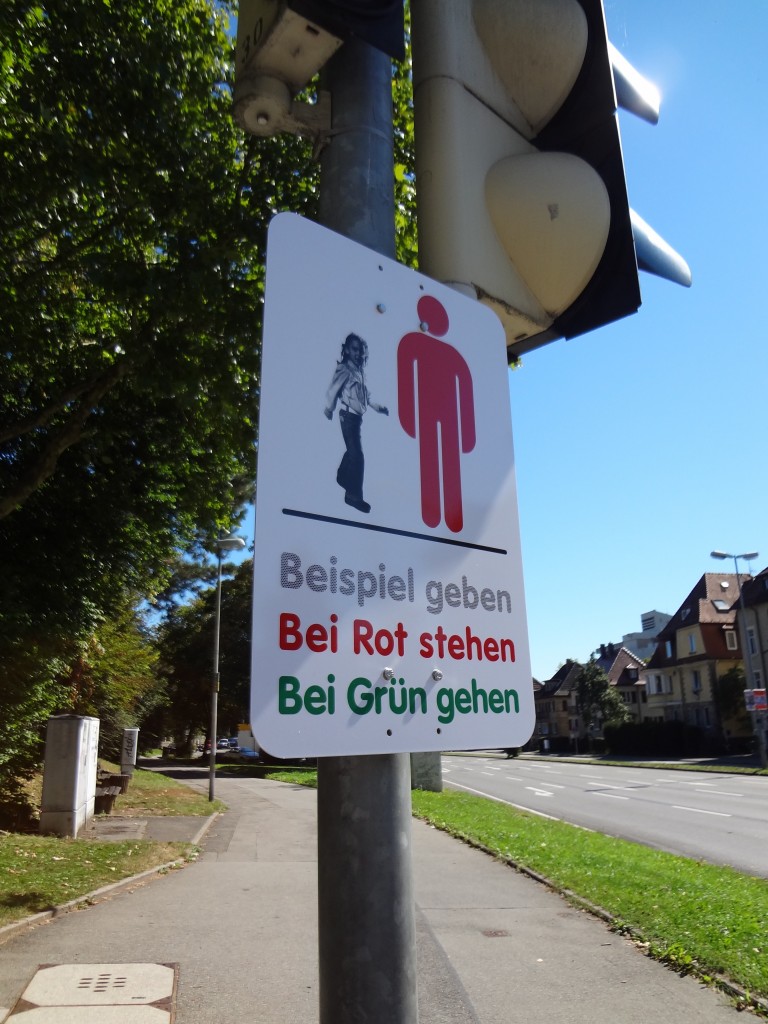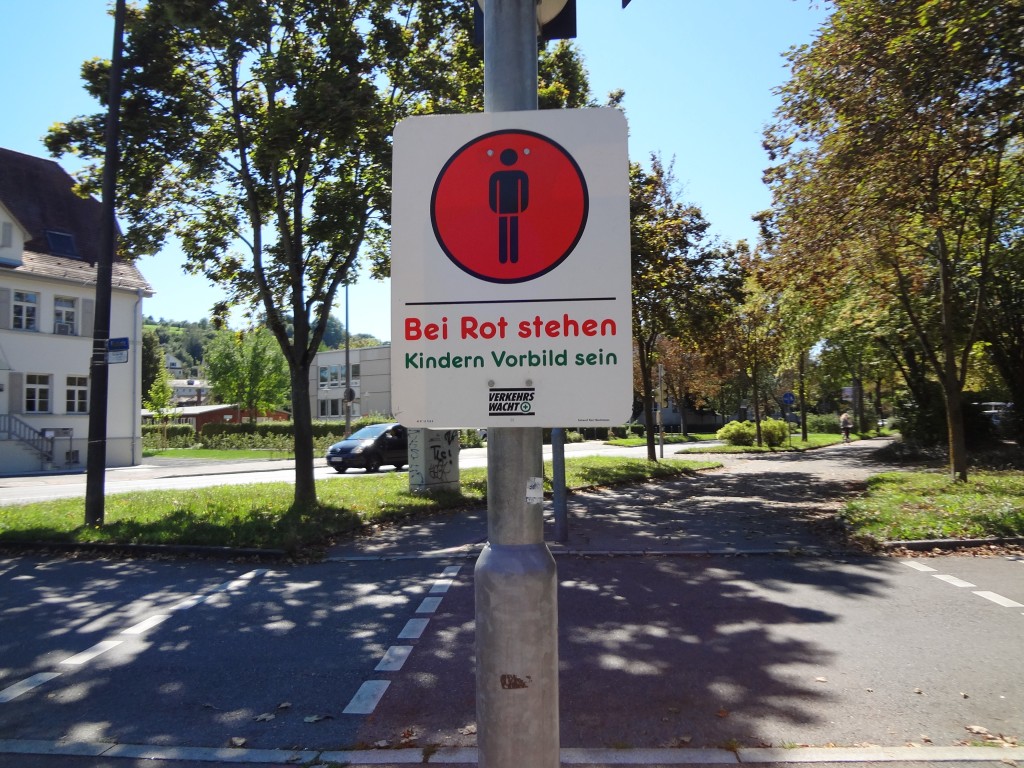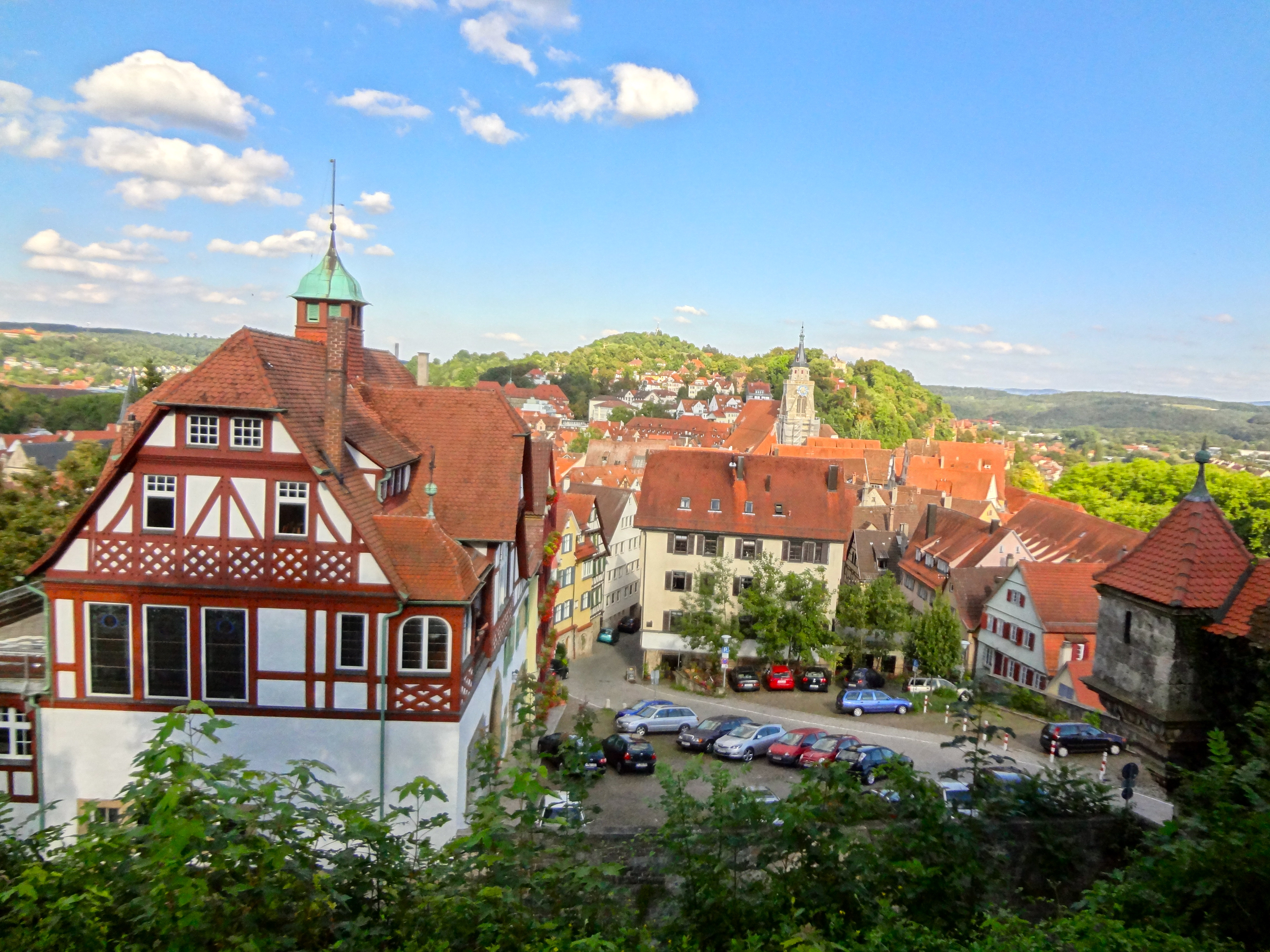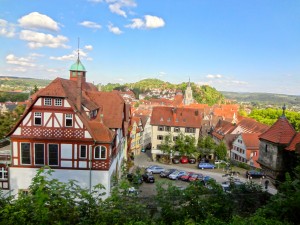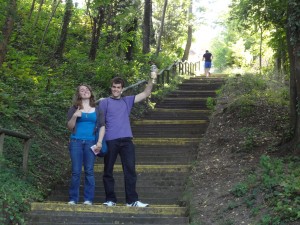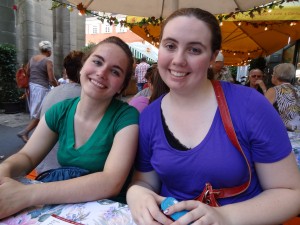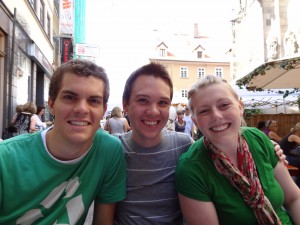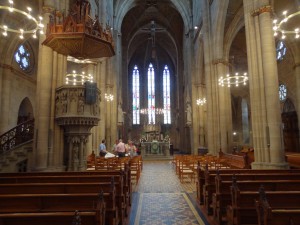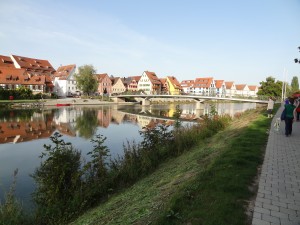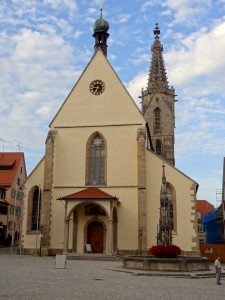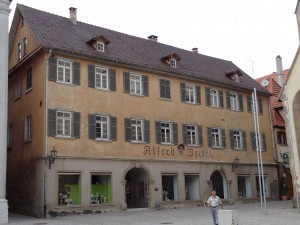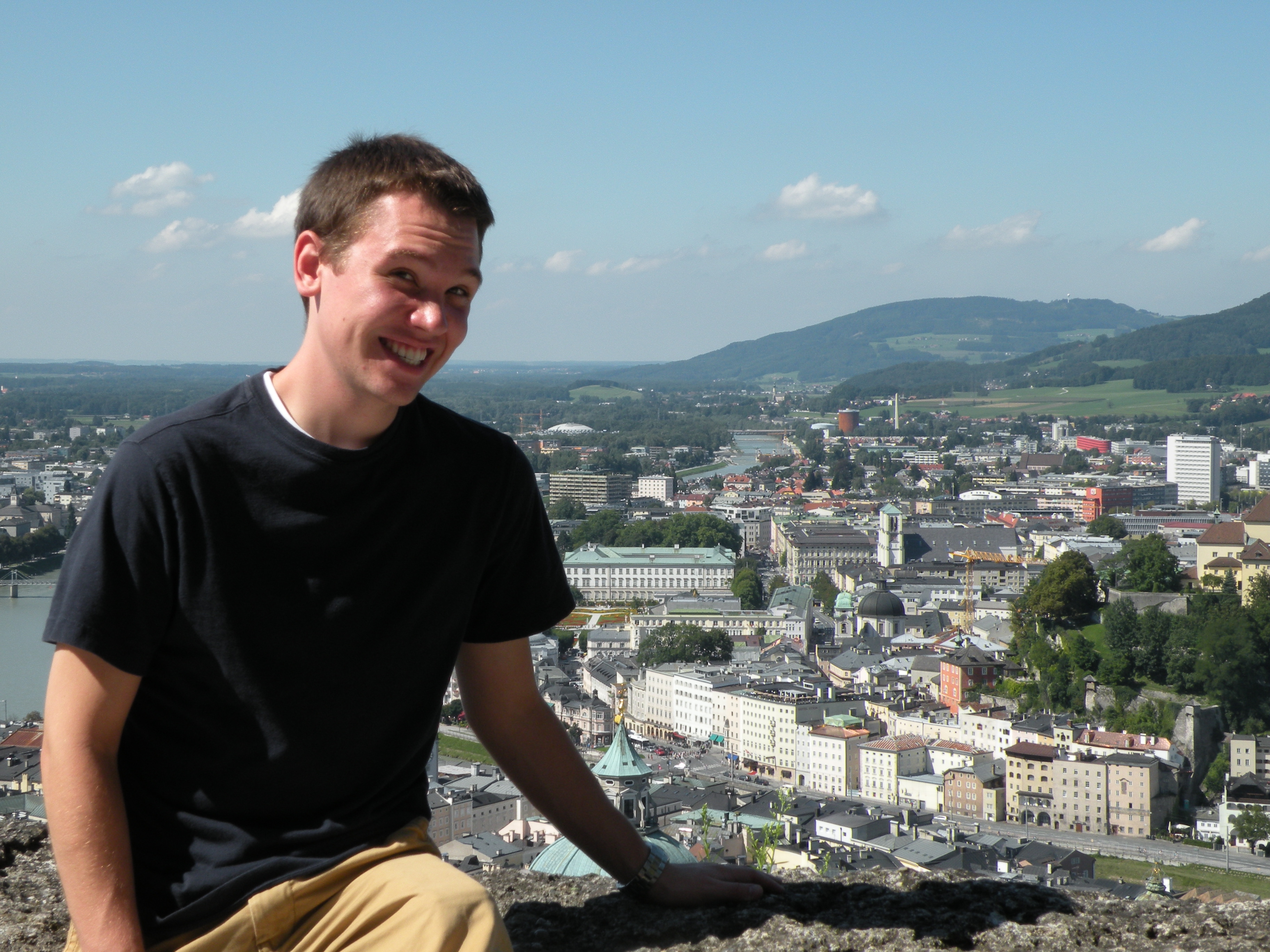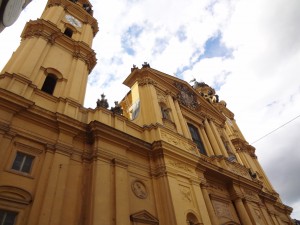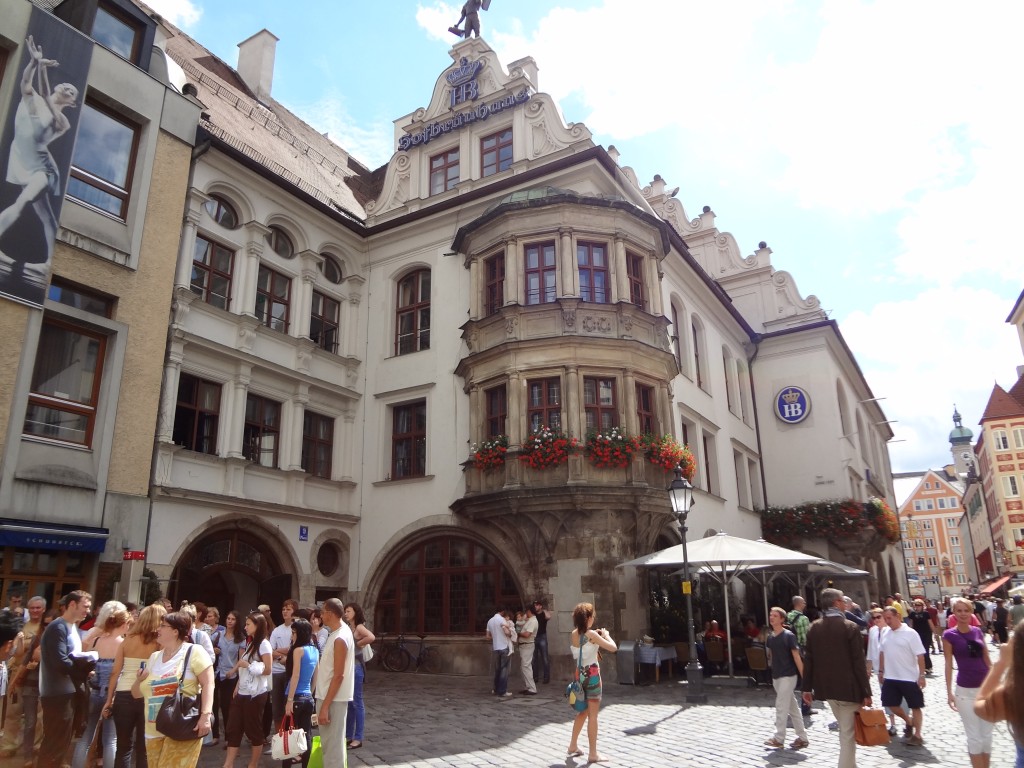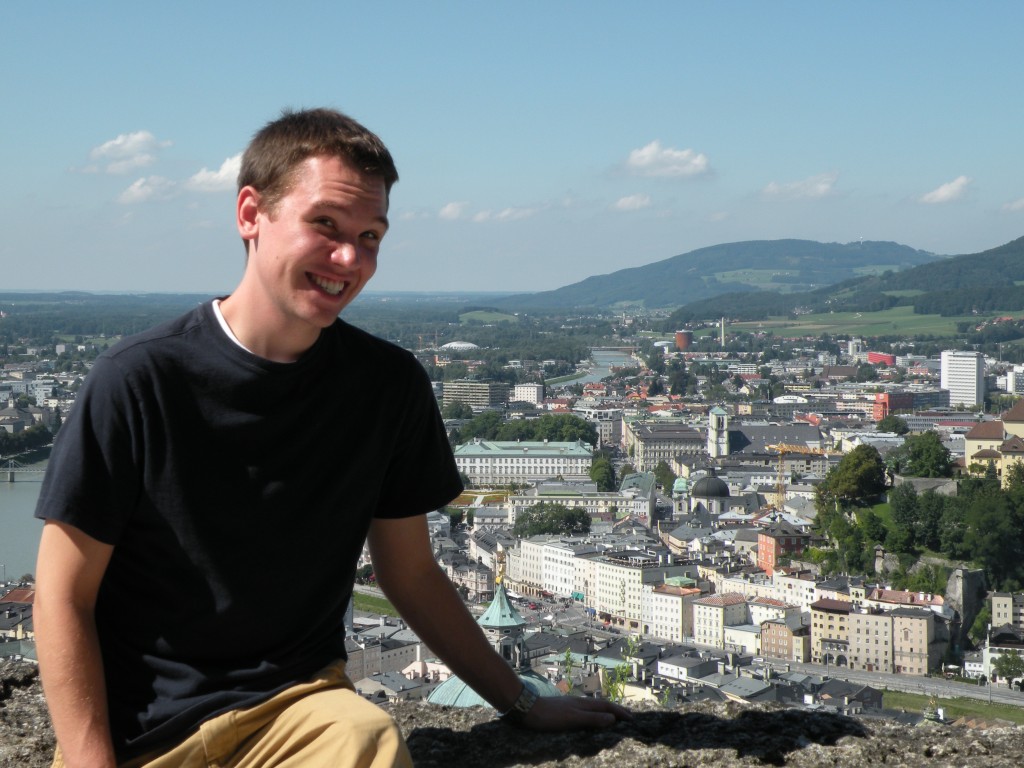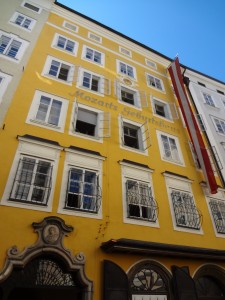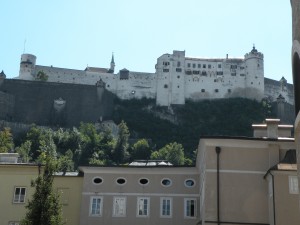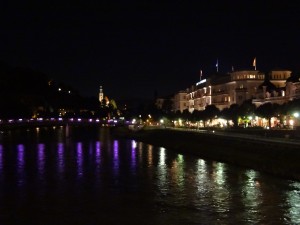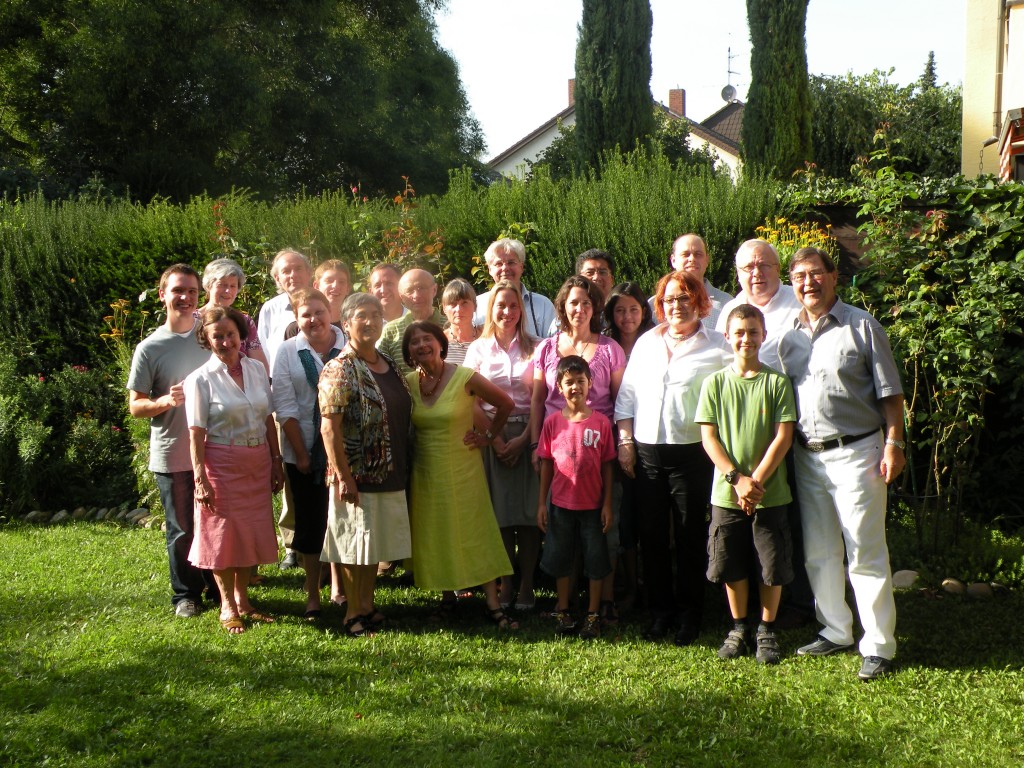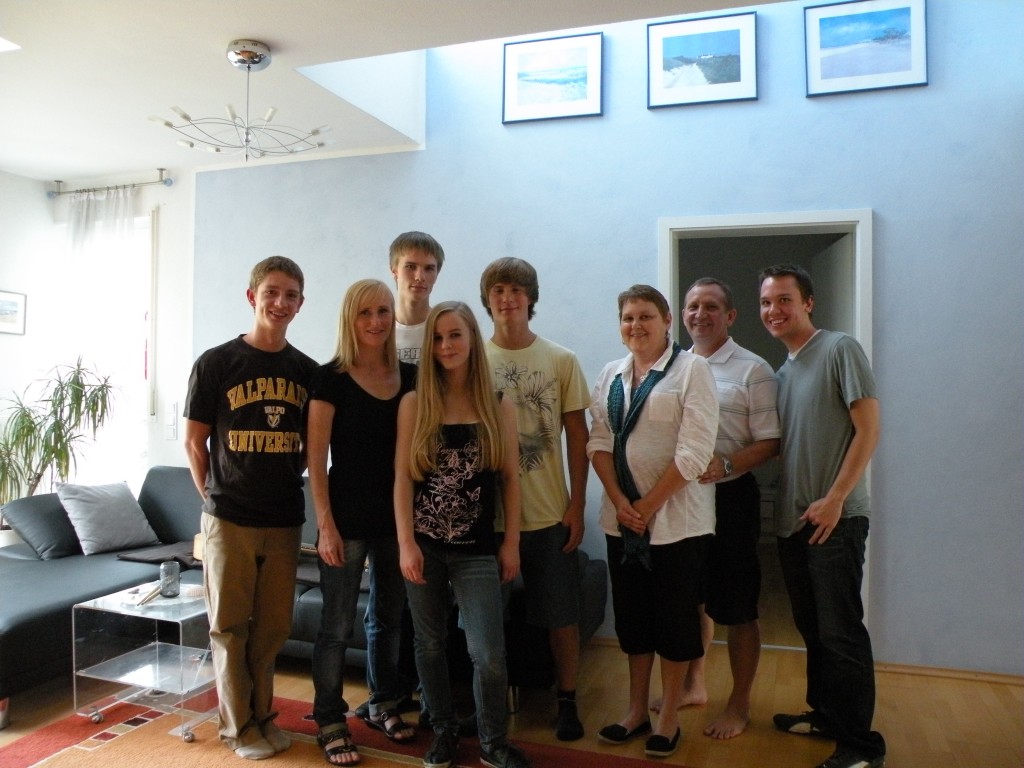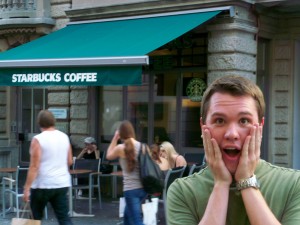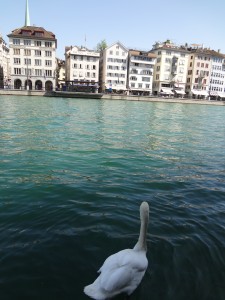With the end of our five-week intensive German course came a small, one-week break prior to the start of the semester this week Monday. So, we had the last-minute idea to travel somewhere and take advantage of this last opportunity until Christmas break. At first, we decided to go to Berlin, but after some disappointing searches for cheap flights, I uncovered something called “Blind Booking,” through Germanwings, a discount airline that flies out of nearby Stuttgart.
For €60 per person, we could get round-trip tickets to one of six cities: London, Lisbon, Rome, Barcelona, Berlin, or Vienna. The only catch is that you don’t find out where you are being sent until after the transaction has been processed. A surprise trip was fine with us! We figured that we had a one out of six chance of getting our original wish (for more than €100 cheaper) and that we would gladly go to any of those cities. For €5, you could pay to exclude a city, which we had originally planned to do with London, as we will all have friends studying in nearby Cambridge next semester who we had planned on visiting anyway. With the five of us plus a Canadian friend named Helina who wanted to come along, this addition put us over the limit of my credit card, so we just had to keep London in the mix and hope for the best! It was a bit of a pain having to pay for all of our tickets together, but it was better than the alternative of everyone paying their own way and being sent to six different cities in Europe.
As we excitedly clicked through the online purchasing process, we soon learned that we would be flying to Vienna, and the search for a Youth Hostel began shortly after. I used HostelWorld, whom I follow on Twitter, to search for a place to stay and I was very pleased with the result. The website had excellent reviews and information, and the hostel turned out to be perfect. It was a little further out of the city, but within 5 minutes of a subway station, where trains into the city came every 3-8 minutes. It was only a 15 minute ride, and I was extremely impressed with the public transportation system in Vienna. I don’t think we ever waited more than 5 minutes for the subway. It seemed like every time we walked up the stairs to the platform, one was just pulling in to take us wherever we wanted to go. At the hostel, we had the option of purchasing “Vienna Cards,” which allowed us to travel on any tram, bus, or train for 72 hours for €18. It also came with discounts to museums, so it was really an incredible value. Although everything in Vienna was pretty expensive, train travel compared to Germany was very cheap.
Our housing accommodations for the five-day trip, “Hostel Hütteldorf,” were quite comfortable. We shared a six-person room complete with a table and chairs where we sat every night to plan our next day’s activities. The hostel came with free internet access and free breakfast, which we did out best to fill up on every morning. As an added bonus, there was almost always a big bowl of apples on the front desk, from which I always grabbed a couple for snacks or to pack in my lunch for the next day. When you’re a poor college student traveling through another country, it’s amazing how a bowl of free apples can seem like a luxury… In any case, we had really good luck with the hostel, and would gladly go back or recommend it to anyone.
We arrived in Vienna around 8:00 PM on October 12th, and checked into our hostel after an excellent dinner at a Viennese restaurant that Jake knew of, from having been there a few short weeks before.
We accomplished so incredibly much over five days that I hope I’ll be able to describe the first half of the trip with enough detail! Jake will be doing a post soon on the second half.
On Thursday, we woke up in time to catch breakfast, which was put away promptly each day at 9:00, and took the subway into the city. We checked out the Karlsplatz train station, built in the Jugendstil style of architecture, (as recommended by Professor DeMaris) before visiting a few churches, and making our way through the shopping district, and the Altstadt (Old City.) We also purchased tickets for a musical that we saw later that night, as well as tickets for an opera that we saw on Friday night. The Musical was called, “Ich war noch niemals in New York” (“I have never been to New York,” or “I have not yet been to New York,”) and it is fairly popular here in Europe right now. It is based on the songs of Austrian composer Udo Jürgens, and although you could tell the plot was written to include the music, it was nonetheless enjoyable. The songs were great and well-performed, and the story was light and funny. The opera for which we bought tickets was Mozart’s “Die Zauberflöte” (The Magic Flute) and it was excellent!
While we were walking through the city, we saw a bunch of police officers near the Opera house. They asked us all to wait on the street, and although we didn’t understand why, we of course complied. A few minutes later, a motorcade of police motorcycles and Mercedes-Benzes bearing Saudi Arabian flags drove by, as we all watched curiously. Later, we learned that they had just come from a ceremony in which a Saudi-backed religious center in Vienna was officially opened. In Saudi Arabia, the only legal religion is Islam. The idea behind the religious center in Vienna is that by funding a council of Muslims, Christians, Jews, Buddhists, and Hindus to engage others in inter-religious dialogue, the Saudis can also learn how to slowly begin to integrate other religions into their country as well. I think it’s an interesting concept.
Anyway, we also visited an art museum called “Belvedere,” which took up all of Thursday afternoon. The museum wasn’t obscenely giant like the Chicago art institute, but it was big enough to tire you out after a couple hours of taking it all in. It was great to see so many works of Egon Schiele and Gustav Klimt, whom we spent a lot of time discussing in German 220. The museum was located inside of an old palace and the grounds as well as the building itself were absolutely stunning.
On Friday, we did a little shopping (I bought a new coat!) and later explored the altstadt a little more, this time going inside of the Stephansdom (a giant church in the city center) as well as visiting Mozart’s house. We decided not to take a tour of Mozart’s house in the interest of time, but we did poke around inside just for a bit. Afterwards, we took the tram down the historic “Ringstraße” (Ring Street) to the Austrian Parliament building. Where the “Ringstraße” currently stands there once stood a wall that surrounded the city of Vienna. As the city expanded, there simply wasn’t enough space inside the wall, so it was torn down, as the need for protection had also grown weaker over the years. At Parliament, we took a fifty-minute tour of the building and the various chambers, and learned a little about how the Austrian government functions. The tour was given in German as well as English, so although we understood nearly everything, it was nice to have the English in case there were technical government terms that we didn’t get the first time around in German. The Austrian Parliament was heavily damaged during World War II, but has since been restored to its original likeness. It’s a beautiful building! While we were touring one of the open reception lobby-type areas, tables were being set up for some sort of a formal state dinner that was to occur the following night.
On Saturday, Rachel, I, and our Canadian friend Helina visited the Esperanto Museum at the Austrian National Library. Esperanto is a planned language that was invented during the early 1900’s, and this museum, housed entirely in one room, is the only one of its kind. The idea behind Esperanto was that it could serve as a new international language that was very easy to learn and understand. It is a combination of many European languages (specifically Romance Languages) and it is the most successful planned language ever created. Its founder, Ludwig Zamenhof, grew up in a town in present-day Poland where the languages of Polish, German, Yiddish, Russian, and Belarusian were spoken among the many immigrants living there. His goal was to devise a language to bridge the language barriers among the various ethnic groups in his town. The museum was very interesting, and I’m almost positive it’s the only place in the world where you can choose to read or hear the exhibits in either German, English, or Esperanto.
That’s all for now! Check out my pictures at: https://picasaweb.google.com/117445044945979223598
Thanks for reading!
Bis Dann!
